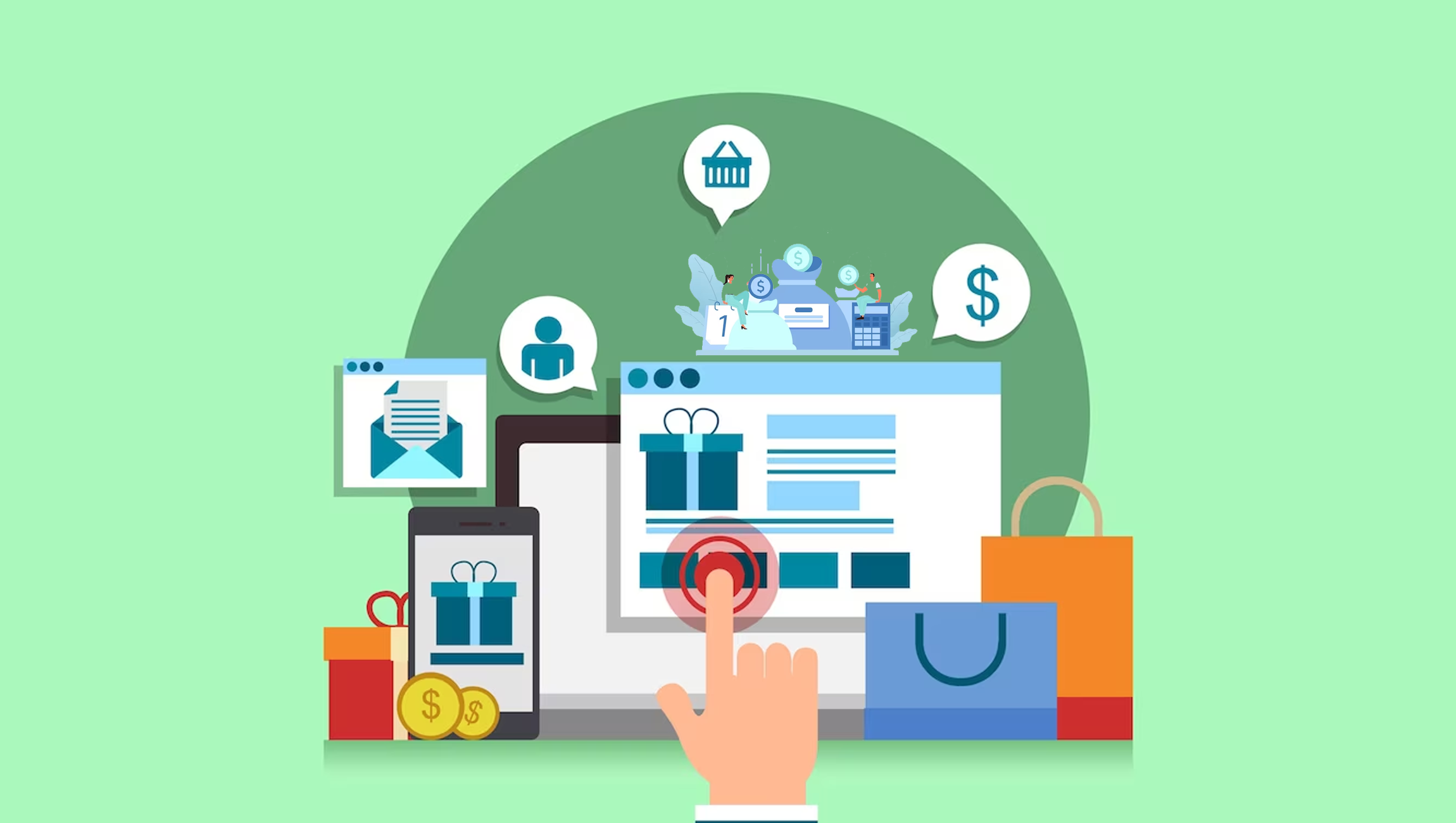The question is – How do the brick-and-mortar retail stores compete with online stores offering exceptional customer experiences to users? Let us find out.
Brick-and-mortar stores feel they are a step behind eCommerce stores in terms of the customer experiences offered. With more AI, AR, and VR incorporated into eCommerce, online users anticipate their purchases on an online website. As a result, the users are anticipating a similar kind of experience when they go and shop in physical stores, thus, giving birth to a concept called in-store marketing and advertising.
In-store advertising help brands tell their story distinctly.
We have brands that have tried to incorporate artificial intelligence and virtual reality to improve their in-store customer experiences. Here are some of the top global brands nailing this marketing strategy.
1. Apple:
Apple uses its large, interactive displays to create an immersive shopping experience for its customers. The displays often include touch screens, allowing customers to browse products, access information, and make purchases. Apple also uses digital signage to display product promotions and other information.
2. Coca-Cola:
Coca-Cola uses eye-catching displays and interactive experiences to engage with customers and tries to create a memorable shopping experience. The company often uses digital signage to promote its products and highlight special offers.
3. Nike:
Nike uses augmented reality and large displays to create an energetic and immersive shopping experience. Customers can use augmented reality to try on shoes and clothing virtually, and the large displays allow customers to see the products in action. Nike also uses digital signage to promote its products and provide customers with information.
4. Farfetch:
A luxury brand, Farfetch is continuously experimenting with technologies such as VR to improve its in-store customer experiences. Customers can call for different products or sizes from the dressing rooms using a touchscreen feature. The brand has also placed sign-in screens at the entrance where the sales associate can know the wishlist of the customers.
Wondering how these brands create such exceptional in-store advertising and experiences for their customers? Well, they do it with comprehensive planning, mindful decisions, and purposeful implementation.
Marketing Technology News: MarTech Interview with Gautam Mehandru, CMO at Illumio
Taking a cue from the brands, we have created a list of technologies that helps you re-create your in-store customer experiences.
1. Interactive Displays:
Interactive displays are becoming increasingly popular in retail stores. They allow customers to engage with the product in a fun and an interactive way. These displays often include touch screens, which customers can use to browse products, access information, and make purchases.
2. Digital Signage:
Digital signage provides retailers a dynamic and eye-catching way to advertise products and promotions. Retailers can easily update their content, ensuring that customers are presented with the latest information.
3. Virtual Reality (VR) and Augmented Reality (AR):
VR and AR are being used to create immersive in-store advertising experiences. Retailers can use VR to transport customers to a virtual store where they can try on clothes or test products. AR, on the other hand, allows retailers to enhance the physical shopping experience by overlaying digital information in the real world.
4. Artificial Intelligence (AI) and Hyper automation:
AI is being used to personalize the in-store shopping experience. Retailers can use AI to gather data on customer behavior and preferences, and use this information to create personalized advertisements and product recommendations.
5. Beacons:
Beacons are small, low-energy Bluetooth devices that can be placed throughout the store. They can be used to send notifications and advertisements to customers’ smartphones, based on their location within the store.
6. Cashier less Checkout:
When retailers keep the human touch as less as possible, customers can enjoy the liberty to shop freely. So, there is a rise in cashier-less checkout technology pioneered by Amazon. The technology uses an app through which it scans all the items picked by the customer. As the customer is done picking his items, he can pass through the system and his card will be charged automatically.
Marketing Technology News: Podcast Advertising Trends and MythBusters – Separating Fact from Fiction
In previous years, plenty of retail technologies were overlooked but soon they will be brought to the retail space. Retail technologies have traveled a long way and they all aim at one thing – customer convenience. The more customers are happy and contended shopping at your store, the more they are likely to choose you over your competitors.
In-store shoppers are the most engaged prospects your business can have. You do not need to pitch them as they are already familiar with the brand and interested in your products, they just need to be pushed right for their planned and unplanned purchases. And, you can do it with in-store advertising technologies.











